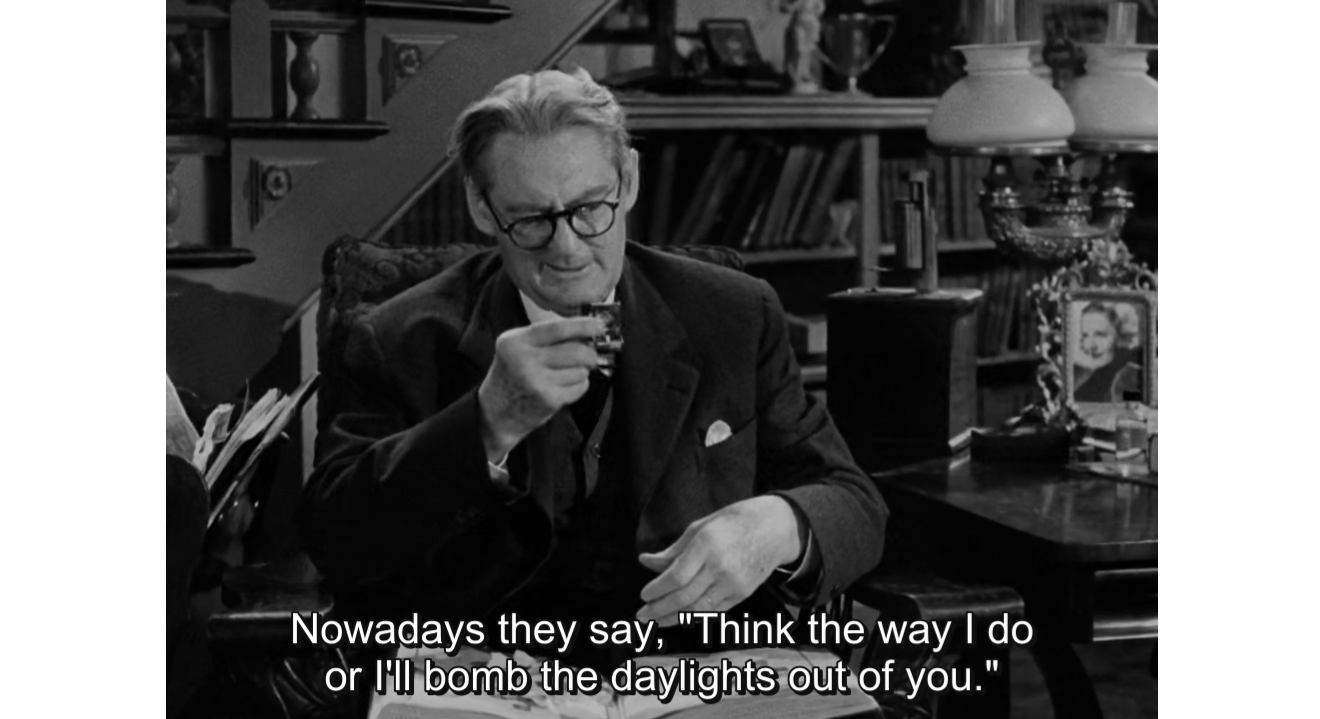
A Gentle Woman (Robert Bresson, 1969)
French Title: Une femme douce
Adapted from Dostoyevsky's short story, A Gentle Woman, Robert Bresson's first feature film in color, is as elusive as the title character's intentions. The film opens with the woman's suicide by jumping off her apartment. It's a suicide scene that is uncharacteristically filmed --- a sudden noise from the balcony erupts the serenely lighted apartment room, Bresson then cuts to the exterior, the woman lands violently while her white scarf floats in what may seem like a peaceful release. The rest of the film evokes the total opposite of the suicide: dark, trapped, and suffocating.
Dominique Sanda plays the woman. Her skin is pale and her gentle facial features resemble an delicate marble statue, worthy of admiration and idolatry. A pawnbroker (Guy Frangin) does exactly that. When she was living, the pawnbroker takes an attraction upon first sight. Impoverished, the woman pawns her crucifix. The pawnbroker takes the golden cross and offers back the statue of Christ, and paying the woman more money than what the golden cross is worth. Unaffected by the pawnbroker's expectant generosity, the woman gives back the excess of what the golden cross is worth. Undaunted, the pawnbroker offers something more: a life of happiness where the poverty she has lived through will never happen again. The two marry and try to live off a loveless relationship. Outwardly normal, the two challenge each other in bouts of jealousy and struggles for control.
Even at death, the woman is subject of adoration. The pawnbroker recalling their relationship to his elderly maid Anna (Jeanne Lobre) surrounds the body of the woman in pious reverence. The pawnbroker walks around the still beautiful corpse, trying to objectively determine the cause for the woman's emotional demise. He does point out several instances where an obvious emotional void is present --- the woman purposely puts herself in a position wherein the pawnbroker would catch her and consume himself of an unbated jealousy. Yet there are no outward signs of hatred or marital discord. Everything is shown in quiet touches and gestures that dictate a deeply rooted source of marital dysfunction.
It's a questionable salvation, the woman's suicide. But in Bresson's mind, it perhaps may be a valid release from the earthly pains of a loveless relationship. One may argue that a more rational resolution for the woman's dissatisfaction is a legal divorce or an informal separation. In my opinion, the release or salvation that is sought here should elicit permanence. In Bresson's claustrophobic portrayal of a dead end relationship where the beginning is already met with a misunderstanding of the primaries of a smooth marital relationship, the woman's choice of release seems appropriately (although questionable in terms of morality and social acceptability) realized. The woman's face upon death evokes a quiet peace that cannot be found when she was living. During her lifetime, her eyes contain a fiery and purposeful force that antagonizes her gentle outwardly ways. In her death, she is truly an immobile idol, her soul released from an earthly prison that is also imprisoned in a marriage that is unevenly invoked. The pawnbroker pleads for the woman to open her eyes for at least a second, praying to the idol for a momentary miracle that can never happen. Why succumb to a second of human conflict when the soul has already reached pacification?






































No comments:
Post a Comment